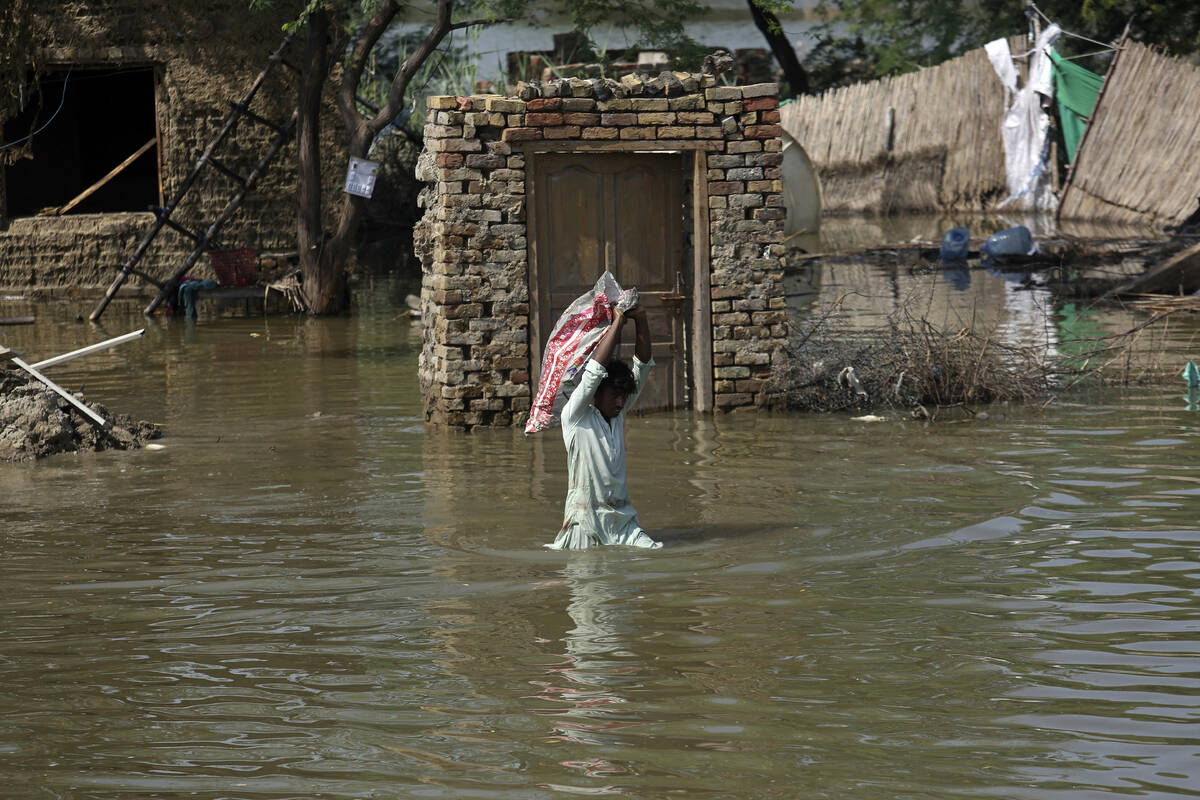Rare ‘triple-dip’ La Nina forecast by UN weather agency
GENEVA — The U.N. weather agency is predicting that the phenomenon known as La Nina is poised to last through the end of this year, a mysterious “triple dip” — the first this century — caused by three straight years of its effect on climate patterns like drought and flooding worldwide.
The World Meteorological Organization on Wednesday said La Nina conditions, which involve a large-scale cooling of ocean surface temperatures, have strengthened in the eastern and central equatorial Pacific with an increase in trade winds in recent weeks.
The agency’s top official was quick to caution that the “triple dip” doesn’t mean global warming is easing.
“It is exceptional to have three consecutive years with a La Nina event. Its cooling influence is temporarily slowing the rise in global temperatures, but it will not halt or reverse the long-term warming trend,” WMO Secretary-General Petteri Taalas said.
La Nina is a natural and cyclical cooling of parts of the equatorial Pacific that changes weather patterns worldwide, as opposed to warming caused by the better-known El Nino — an opposite phenomenon. La Nina often leads to more Atlantic hurricanes, less rain and more wildfires in the western United States, and agricultural losses in the central U.S.
Studies have shown La Nina is more expensive to the United States than the El Nino.
Together El Nino, La Nina and the neutral condition are called ENSO, which stands for El Nino Southern Oscillation, and they have one of the largest natural effects on climate, at times augmenting and other times dampening the big effects of human-caused climate change from the burning of coal, oil and gas, scientists say.






























